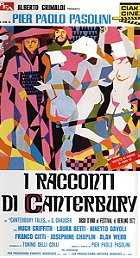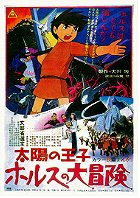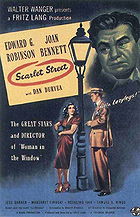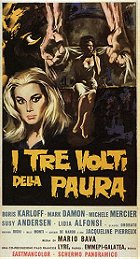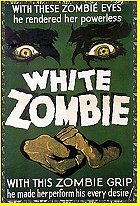Posted : 9 years, 9 months ago on 29 September 2015 02:41
(A review of
A triptych of Italian horror from master of the genre Mario Bava, Black Sabbath is 2/3 a great movie and 1/3 a muddled-but-enjoyable mess. So I guess it evens out to be something pretty spectacular. Having Boris Karloff on board as narrator and star in one of the shorts sure does help.
Karloff, the icon of cinematic horror, is clearly having a grand ol’ time with the wraparound segments. He effects his best kooky, spooky gentleman voice, playing the entire thing up to a campy cinematic nirvana that I would love to visit one day. These work nicely as breaks in-between the fatalistic and gloomy trilogy of horrors.
“The Telephone”
The first story is also the worst of the bunch. I’m certain in its original Italian form it made more sense, but studio-interference hangs over it in the American version. Clearly, a story about obsession, subtlety hinted at lesbianism, and revenge gets supernatural elements grafted on. Even without those supernatural add-ons, “The Telephone” would be the worst of the bunch for being the most obvious in where its heading and lacking in any engaging suspense elements. I’d still like to see its original form, as I’m sure it’s more coherent than this.
“The Wurdulak”
Italian horror does Russian vampires with the premiere icon of the Universal Monsters. Obviously, this short is my favorite of the bunch. All of the stories march towards their inevitably despairing and horrific conclusions, but “The Wurdulak” dismantles an entire family unit.
Starting with the reappearance of the believed-dead patriarch (Karloff, in the sole vampire role of his career), “The Wurdulak” sees the undead creature slowly goes about killing the various members of the family. He begins with his grandson, who then kills the mother, and so on. One daughter and her nobleman lover are drawn back to the dilapidated and haunted household where the family is reunited in their damned afterlife.
Italian horror was known for its use of vibrant colors which offset the horrors on display, or heightened the dreamy artificiality of the images. This short embraces those aspects full-stop. Karloff’s vampire is frequently bathed in neon purples, bloody pinks, and occasionally in sickly greens. This is probably the darkest and most brutal of the three shorts.
“The Drop of Water”
This clearly essays where its headed, but a ghost story done well is always appreciated. “The Drop of Water” takes place in Victorian England, and has a nurse haunted by the ghost of a woman she stole a ring from. While prepping the body for the funeral, the nurse spots a lovely sapphire ring on the dead woman’s finger, pockets it, and returns home. Is she really haunted by the ghost of the woman, or has she just gone insane with guilt for what she’s done?
I lean hard on the reality of the avenging spirit and haunting. The death mask, while completely artificial, is still deeply disturbing. And the ending, which hints at the continuation of the haunting on a new victim is stellar. This one is just as good as “The Wurdulak” to be frank, and I only rank it second on personal preference.
What a wonderful little anthology film this was. Granted, one of the shorts is merely serviceable, but even then it offers up a cavalcade of lurid elements to enjoy. The other two are mini-masterpieces in slow-burning tension and suspense before finally paying it off in satisfactory means. And in case you were wondering, yes, this is the film from which the band took their name. If these reasons aren’t enough for you to seek this thing out, I don’t know what more you could possibly need.
 Login
Login
 Home
Home 95 Lists
95 Lists 1531 Reviews
1531 Reviews Collections
Collections
 0 comments,
0 comments, 
